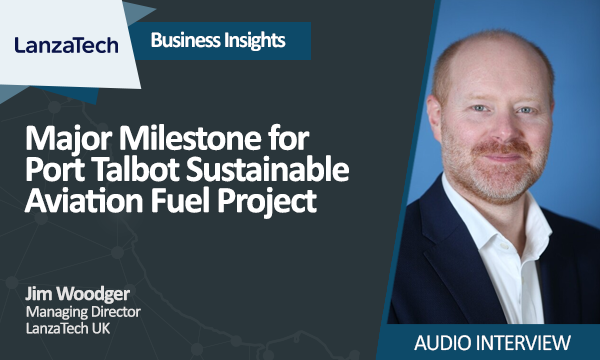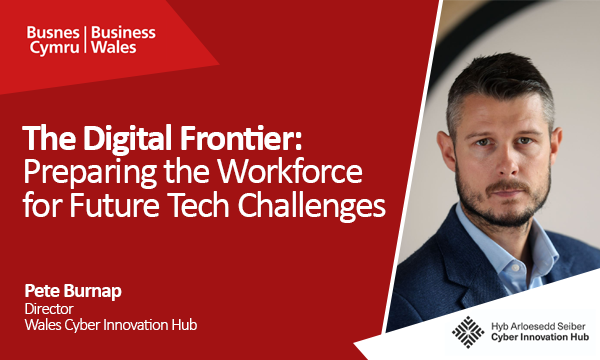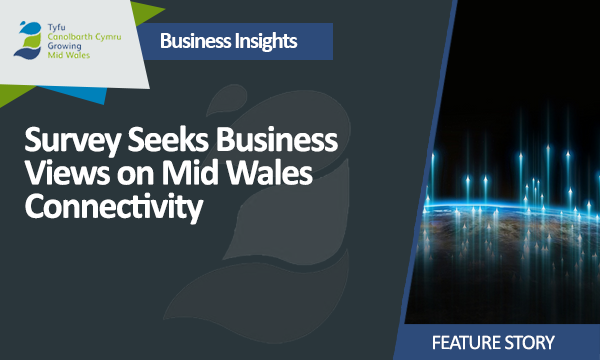 Written by:
Written by:
John Jackson
Industry Editor
Storytelling can be used to contextualise and engage people with the built environment.
In practice this takes the form of the stories specific towns, cities, businesses and even individuals tell about themselves.
As people we respond to stories, we’re told them from birth and they have the power to captivate, guide, delight and intrigue us. Carefully crafted, authentic stories have the power to make citizens feel engaged and proud of their specific built environment, and they also work to attract outside interest. Established tourist destinations possibly understand this more than others, with the story of their locations being used to promote and generate visits.
Storytelling itself can take many different forms, including: words, images, songs, videos and physical performances. If you know your audience you’ll know which combination of storytelling techniques will work best to tell the story of your built environment.
When any urban location tells its story well it has the potential to achieve a number of benefits. These include:
- Gaining a greater understanding of your location. To create a story first you need to investigate your place to identify its story. Importantly stories change over time because places change over time, and this creates an opportunity to identify the relevant story of today that reflects your place.
- Engaging with storytellers from across your community gives everyone a chance to share their stories in their medium of choice. This is a genuinely inclusive way to identify the many stories that are happening in your built environment.
- Curating and distilling the stories of your place to create a definitive story that authentically represents your place. This strengthens the identity of your place and makes it easier for others to understand who you are and why they should want to interact with your built environment.
- Creating a natural sense of pride amongst your community.
- Establishing direction for future communication campaigns that become part of a “golden thread” that runs through all your messaging.
- The business community benefits by being located in a place that is proudly and confidently telling its story in a creatively compelling way. Storytelling can change the way people think about a place.
Crucially, storytelling isn’t just three paragraphs of marketing blurb, those words are all too easy to write. Instead, storytelling presents an opportunity to gain a genuine and meaningful understanding of the essence of your place, and with this understanding it's possible to create the story that authentically reflects it.
A current example that illustrates the power of storytelling is Cardigan-based jeans maker Hiut Denim. Co-founded by David Hieatt and Clare Hieatt, with the aim to bring jeans manufacturing back to the town, this is a story I fully encourage you to read, and of course you find it on the Hiut Denim website. I had the pleasure to talk to David about his experience of storytelling, and you watch our conversation in the Digital Discussions section at Business News Wales. In the course of the conversation David explained that: “If you sell to humans, you are in the storytelling business.” and this makes absolute sense, we remember and react to stories. Well written ones attract our interest, which for any business or place is the first and most important aspect of your marketing.
Considering the power of social media, David commented: “When people say the digital age, what they really mean is the storytelling age.” and that: “There has never been a better time in history to be a small brand with a story.” This is particularly relevant for small businesses across Wales, particularly as storytelling gives your business the opportunity to connect at a very human level with your potential customers wherever they are.
The beauty of storytelling is that it isn't complicated, yes it takes time and practice to perfect your story, and I’d suggest following David’s advice – to write your story and then ask friends to look at it and provide you with feedback. Once you are happy with your story, use it to good effect, and this is where mastering social media is essential to ensure the best opportunity for your story to reach and resonate with new and existing customers.
I’ll leave the final word to David Hieatt: “Your story is the reason you can win. So learn how to tell it so another human being cares.”













